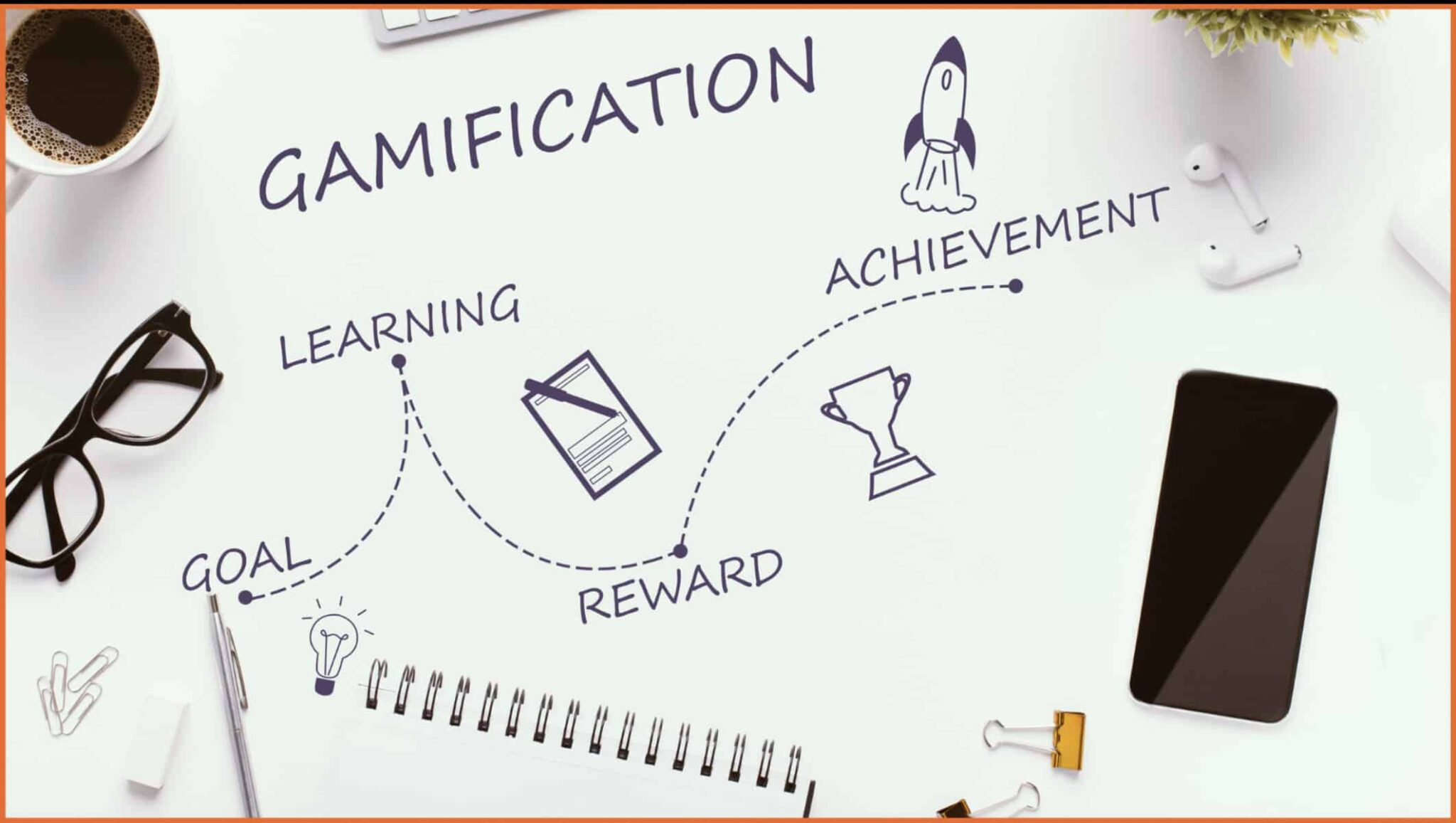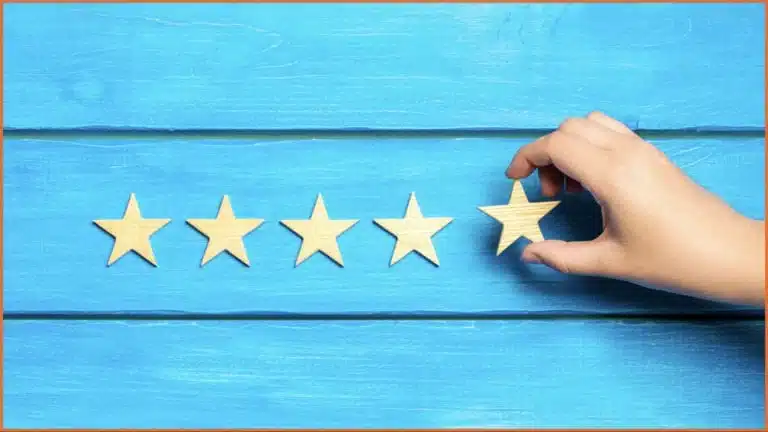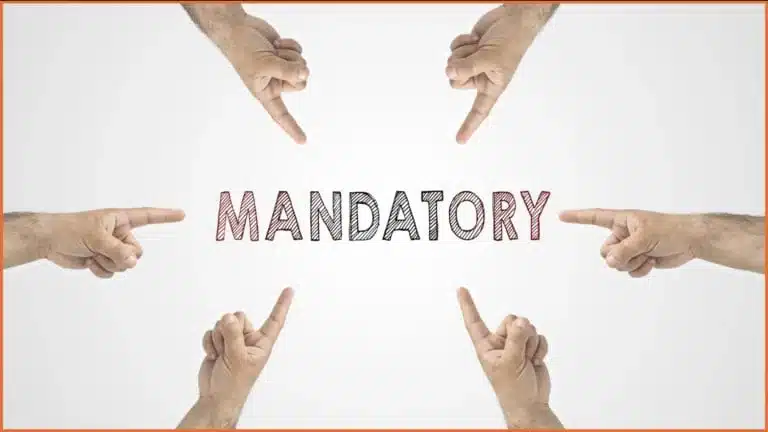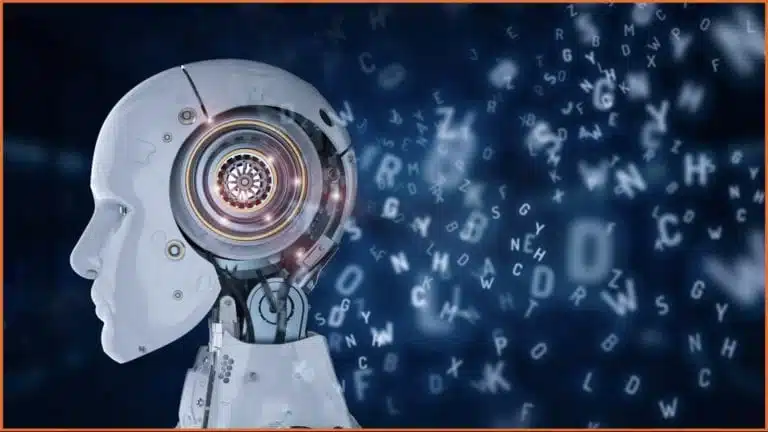Have you ever sat down to write something, say a blog? You open a word document only to end up staring at that blank word document for hours. Do you wonder if there could be an easier way to do this, say a toolkit? What components would you put in in that toolkit? I’d want a questionnaire which prompts what topic you want to choose, who your target audience is, and other similar questions. Now, how about you add some motivators to that toolkit, too? For example, every time you answer a question, you get some points that you can redeem later? Would this make you feel more interested in writing blogs?
Et voila. You have just gamified your writing process.
Is this true gamification? Yes and no. Adding incentives is certainly a right step towards gamification. However, gamification has a host of other components. In this blog, I want to discuss with you the basics of gamification, as I understand it. And, hopefully, by the end of this blog (which I didn’t have to gamify ) you will get a fair grasp on how to effectively employ gamification in your learning modules.
However, we delve any further, let me briefly touch upon what is central to gamification – Motivation.
Intrinsic and Extrinsic motivation
Table of Contents
Many of you may already know the difference between the two. But just to put things in perspective – intrinsic motivation is when the motivation to do a task is internally driven. The reward, in this case, is personal to the individual. A good example would be a hobby which you pursue for the sheer joy of it. In the organisational landscape, intrinsic motivation could include a sense of achievement or fulfilment.
Extrinsic motivation is when the motivated to do a task is transactional. OR, simply put, it is based on the outcome of receiving something in return. Often times, in order to motivate the user to continue displaying the same behavior, points and bonus are tied up. A topical example would be CRED points, or even Uber rewards.
Similarly, in the organisational landscape, extrinsic motivation may include rewards, prizes, monetary hikes, and promotions.
What is gamification?

In lay-man terms, gamification is the addition of game elements to a non-gaming environment. This allows for the seemingly mundane task to become visually appealing to the participant. Gamification allows you to make the task seem challenging, which in turn, makes it seem more appealing.
Think of your current favourite mobile game. Why do you like it? Probably because the interface is addictive. It takes your mind off from the regular tasks and helps you escape the mundane daily routine, even if for just a while. Also, there are rules which make it challenging. You have to find ways to work through the given constraints which leave you feeling accomplished. All in all, it is a lot of fun.
Now, let’s take these exact same mechanics and think of any non-gaming situation. Something as simple and uneventful as mandatory corporate training.
How can you add the gamification mechanics to make this fun?
Can the user engagement be automatically be enhanced by using simple gamification tools?
Here, even though the training is mandatory, the idea is to make it interactive enough for the user to engage efficiently with the content. Please note that gamification must not dilute the importance or seriousness of the content. But rather, it should make the difficult concepts a joyful experience to understand.
Another important question that we often get from our clients is – Why will gamification work? The answer can be described in the following 5 points –
1. People like to feel accomplished
Data shows that when someone feels rewarded or is expecting a reward, it causes our brain to release Dopamine. This is the chemical responsible for making us feel good. Dopamine contributes to feeling alert, focused and motivated. Thus, expecting a reward followed by an action that actually results in a reward create a healthy cycle of dopamine release.
2. People like to be in control
Gamification allows the participants to decide when and how much of involvement they want. Any gamified content will have the ‘next’ button or ways of choosing what topic the participant wants to consume and will possibly show progress. Such features are controlled by, and are dependent on what the participant chooses.
3. People are competitive
By nature, people are competitive. We like to compete with others, to varying intensity. And sometimes, it is not even about outperforming the competition, but rather simply beating our own personal records.
4. People like collaboration
People like the feeling of being part of a community. A sense of belonging can act as a motivational factor, boosting engagement and effectiveness of your learning module.
5. People like to explore
Be it new destinations, the ending of a good story, or cracking a difficult puzzle, us humans are curious cats. We love to discover new things. Thus, adding a gamification element to your learning module can also help serve this need for your team members.
And now, let’s take a deeper look at the points you need to keep in mind while employing gamification as a learning tool for your team –
1. Gamification is more than points, leaderboards and badges

While these elements are extremely important and are fantastic extrinsic motivators, this must not be the central theme of the gamified content. Think about it – when I asked you earlier in this blog, why you like a certain game? Surely your answer wasn’t that because you get points from it. In order to differentiate one player from the rest and to decide on a winner, points and leaderboards are essential. But this is not what makes the game (or gamified content ) addictive. Points are just a by-product of playing a game.
2. Create a balance between intrinsic and extrinsic motivators
Points and leaderboards is one aspect, and a necessary one. But employing other game mechanics can help enhance the user experience. From elements like problem solving, curiosity, achievement, scarcity, to using quirky metaphors and storytelling – gamification offers endless possibilities. These extrinsic motivators will keep the users wanting to come back to the gamified environment.
3. Game is not equal to gamification

The central element in a game is that it is meant to be a game. There is an objective, rules and constraints, and eligibility criteria to determine a winner. Gamification is introducing the elements from gameplay into non-game environment to enhance the user-experience. Non-game environments can be any process such as signing-up for a course or going through an onboarding process of an organization.
4. Purpose
Borrowing from Simon Sinek’s Golden Circle, ‘The Why’ must be made clear to the users. Why should the user spend time on the gamified content? This can be done through a simple narrative that hooks the users with a sense of direction and purpose for continuing devoting their time in the gamified content.
5. Challenges

No activity can be fun for a long time without challenges. Challenges keep the users engaged as it stimulates their knowledge and forces them to try different approaches.
6. Manipulation
Simply introducing game-like elements does not guarantee an enhanced user-experience. For example, one must not over-do adding game mechanics. As, unnecessary embellishments can ruin the overall effectiveness of the learning program.
7. Mandatory vs Autonomous

The most successful gamification stories are those in which the user voluntarily participates. Sending too many reminders and making it a mandatory requirement defeats the purpose. On the contrary, gamification should be effective enough to to automatically encourage the users to participate.
8. Don’t leave the participants without a silver lining
There will always be some users who get stuck somewhere, not knowing how to progress. Thus, it is important to include elements of breadcrumbs so they can trace their steps back. You may even build in a feature of trading points to seek help or allow other users in the same community to extend help. Basically, the users should be set for success, and not failure.
9. Social engagement

Games are better when played with others, aren’t they? Similarly, having the opportunity to interact, seek help, celebrate victories together, and challenge one another in gamified environment is a great boost to engagement. This means that there should be a healthy dose of competition and collaboration.
10. Feedback
The users need to be kept informed when they are on the right track or nudged when they have switched to auto-pilot mode. This gives the users a sense of progress and builds momentum.
When should you use gamification?

Any task or content can be gamified with adequate thought. But the question is, do you need to? There is no simple right or wrong answer. But you need to check a few points:
In case you want some level of structure to a complex task, gamifying it can help. It helps by making a huge task more achievable and trackable.
In case you want to make a mundane task interesting or joyful, gamifying it can help. Many a times we fall prey to instant gratification which can be rewarding, if built in as an intentional feature in the gamified process. Wellness apps are good examples for this. Those who like exercising, will not need a wellness app to keep them on track (unless they are on the app for the social engagement). They are intrinsically motivated to keep at it.
But when a wellness app is developed keeping in mind those who do not like exercising or are not intrinsically motivated, the app should include features to let users be rewarded to follow an exercise regimen. These rewards act as the extrinsic motivator that
Allows them to feel accomplished, and this ultimately gets them into the habit of exercising. Mission accomplished.
When should you not use gamification?
Just like there is no right or wrong answer to when you should use gamification, there is no right or wrong answer to when you shouldn’t. But in general, if you think the topic is too complicated or too sensitive, such topics may be better off explained using other methods of learning. Gamification can also be blended with other forms of learning so as to enhance user engagement as well as address the complexity or sensitivity of a topic.

To sum it up, gamification can be a great addition to your arsenal as a provider for L&D services. Another thing to note here is that gamification is not limited to just learning needs, but is widely used across sectors like marketing, banking, business, and many more. It is a constantly evolving element that can serves multiple needs for your organisation. Gamification has proven itself to be the cool kid in the block. But that shouldn’t be the only reason for you to give it a shot. You need to ask yourself if you truly believe in its effectiveness?










